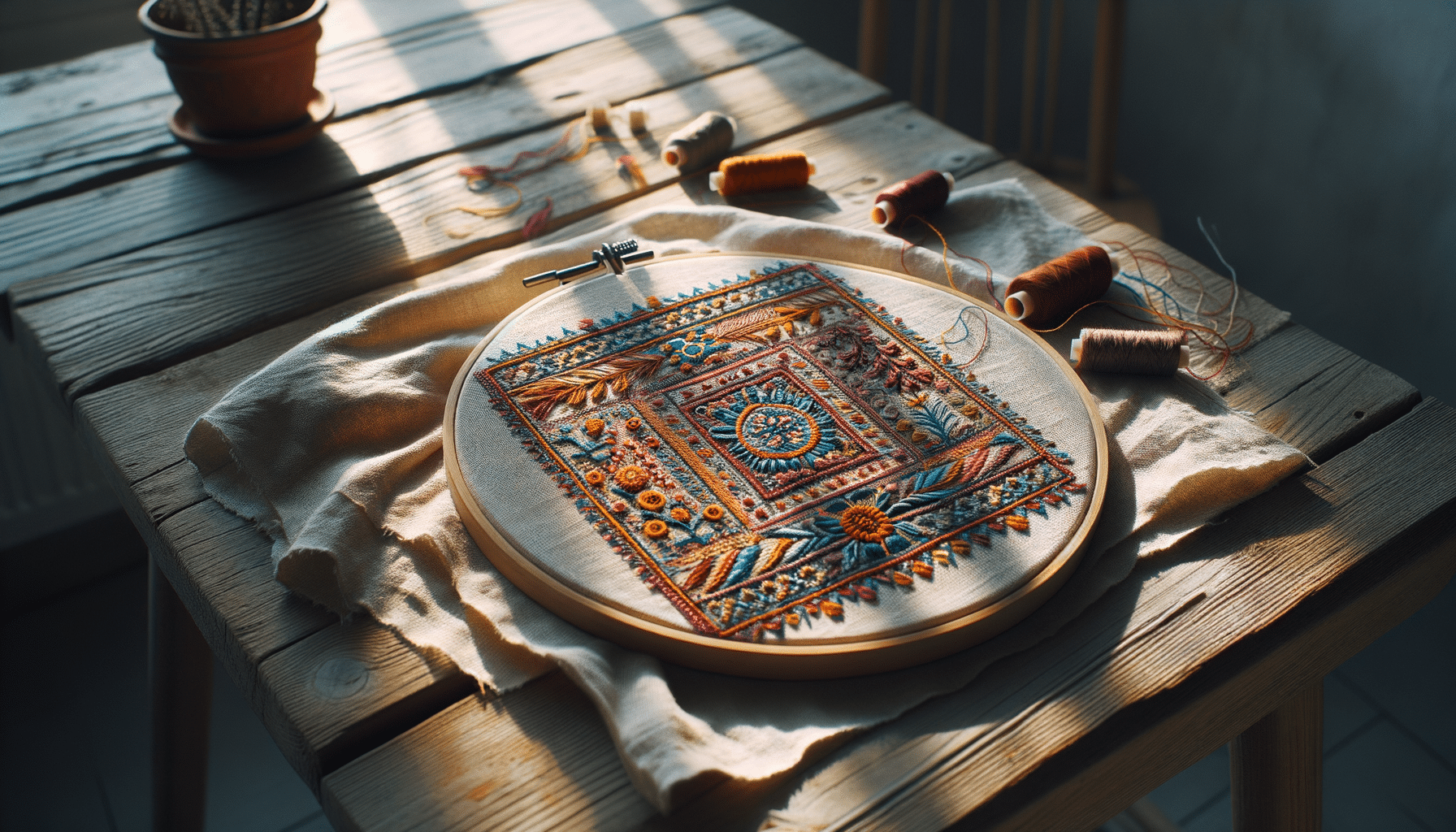
The Art and Craft of Embroidery: A Detailed Exploration
Introduction to Embroidery
Embroidery, a timeless art form, has been a part of human culture for centuries, serving as a means of personal expression and cultural storytelling. This intricate craft involves decorating fabric or other materials using a needle to apply thread or yarn, often incorporating other materials such as beads, quills, and sequins. From ancient Chinese silk embroidery to the vibrant patterns of Mexican textiles, this art has evolved across cultures, each adding its unique flair and techniques. Understanding embroidery’s significance and its broad applications offers a window into the past and a canvas for contemporary creativity.
The Historical Significance of Embroidery
The history of embroidery is as rich and varied as the cultures that practice it. Dating back to the Warring States period of China, embroidery was initially used to signify wealth and status. In Europe, during the Middle Ages, embroidery was a symbol of religious devotion and was prominently featured in church vestments and altar cloths. The Bayeux Tapestry, a renowned example, depicts the events leading up to the Norman conquest of England and is a testament to the storytelling power of embroidery.
As we moved into the Renaissance, embroidery became more accessible to the middle class, thanks to the growth of trade and the availability of materials. This period also saw the rise of guilds that trained artisans in the craft, ensuring high standards and the proliferation of techniques. In modern times, embroidery continues to evolve, with artists using it to explore themes of identity, politics, and the environment.
Techniques and Materials Used in Embroidery
Embroidery techniques are as diverse as they are intricate. The most common stitches include the running stitch, backstitch, satin stitch, and cross-stitch, each offering different textures and effects. These stitches can be combined to create complex patterns and images. The choice of materials also significantly impacts the outcome of the embroidery piece. Traditional embroidery often uses silk, cotton, or wool threads, while contemporary artists might experiment with metallic threads or unconventional materials like wire and plastic.
Embroidery hoops, frames, and needles are essential tools, helping maintain tension in the fabric and ensuring precision. The choice of fabric ranges from linen and canvas to more delicate silks, depending on the desired finish and durability. With the advent of technology, machine embroidery has become popular, allowing for mass production and intricate designs that would be time-consuming by hand.
Cultural Variations in Embroidery
Embroidery styles vary widely across different cultures, each with its own distinct patterns and symbolism. In Japan, sashiko embroidery, characterized by simple, geometric patterns, was traditionally used to reinforce clothing. In contrast, Indian embroidery, such as zardozi, is known for its opulence, using gold and silver threads to create elaborate designs.
In Mexico, embroidery often features vibrant colors and floral motifs, reflecting the country’s rich natural landscape and cultural heritage. Similarly, Eastern European embroidery, known for its bold colors and intricate patterns, often carries symbolic meanings related to nature and folklore. These cultural variations not only highlight the diversity of embroidery but also its role as a medium for cultural expression and preservation.
The Contemporary Revival of Embroidery
In recent years, there has been a resurgence of interest in embroidery, both as a hobby and an art form. This revival is partly due to the slow fashion movement, which emphasizes sustainability and the value of handmade goods. Embroidery offers a way to personalize clothing and accessories, making them unique and meaningful.
Social media platforms have also played a significant role in this revival, with artists sharing their work and techniques with a global audience. Contemporary embroidery artists are pushing the boundaries of the medium, using it to address social and political issues, and blending traditional techniques with modern aesthetics. This renewed interest in embroidery not only celebrates its rich history but also ensures its continued evolution and relevance in the modern world.


